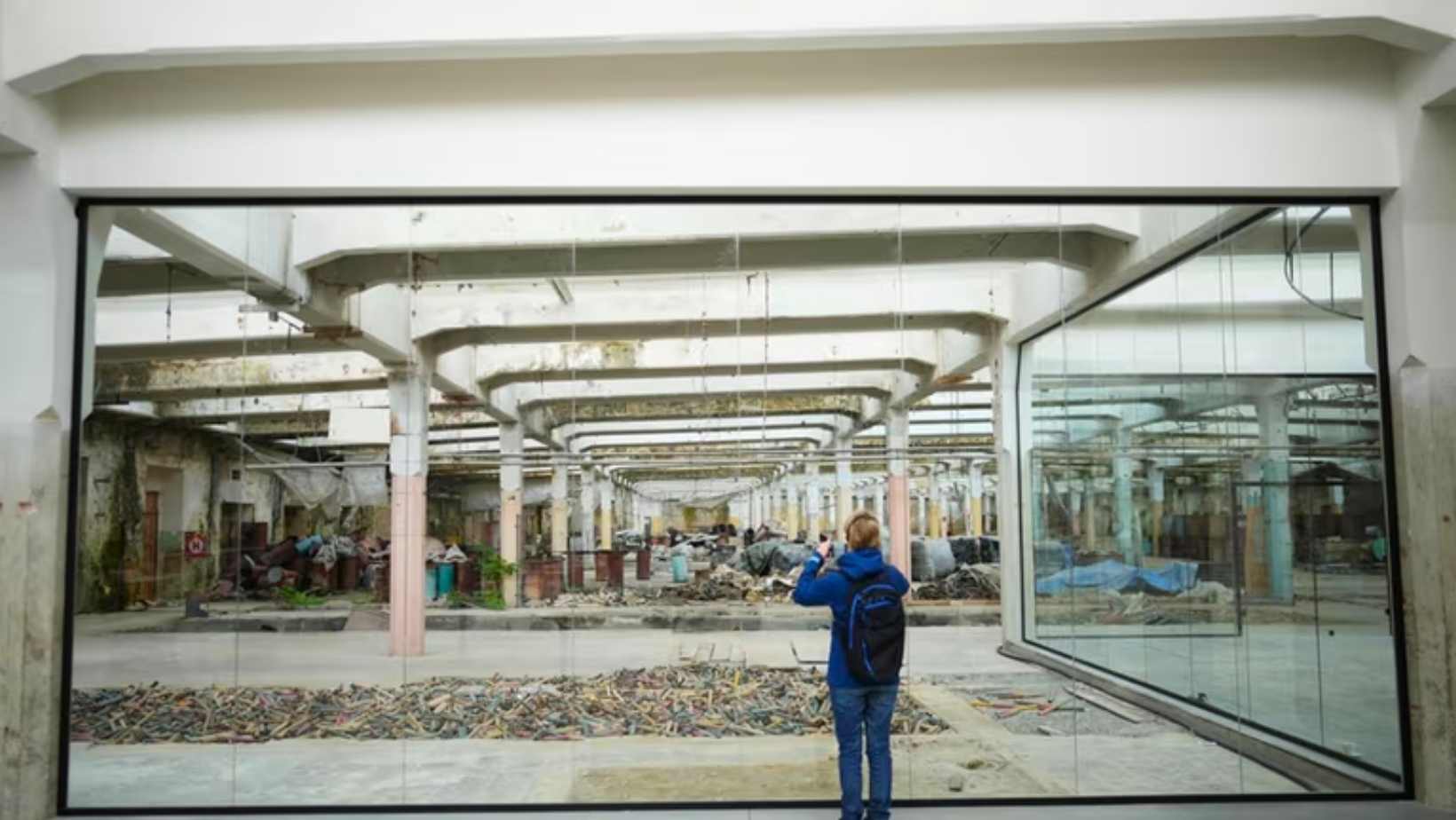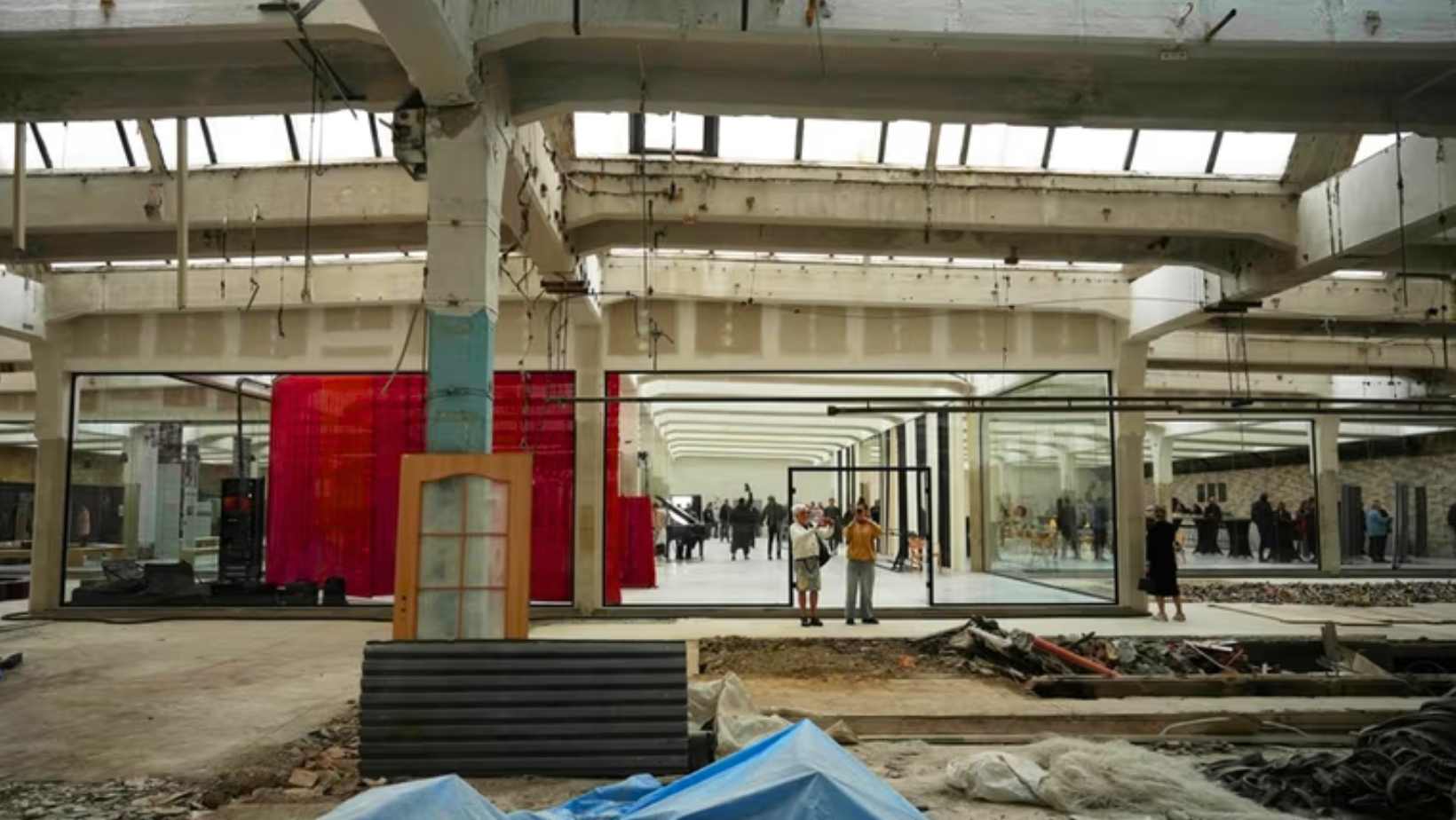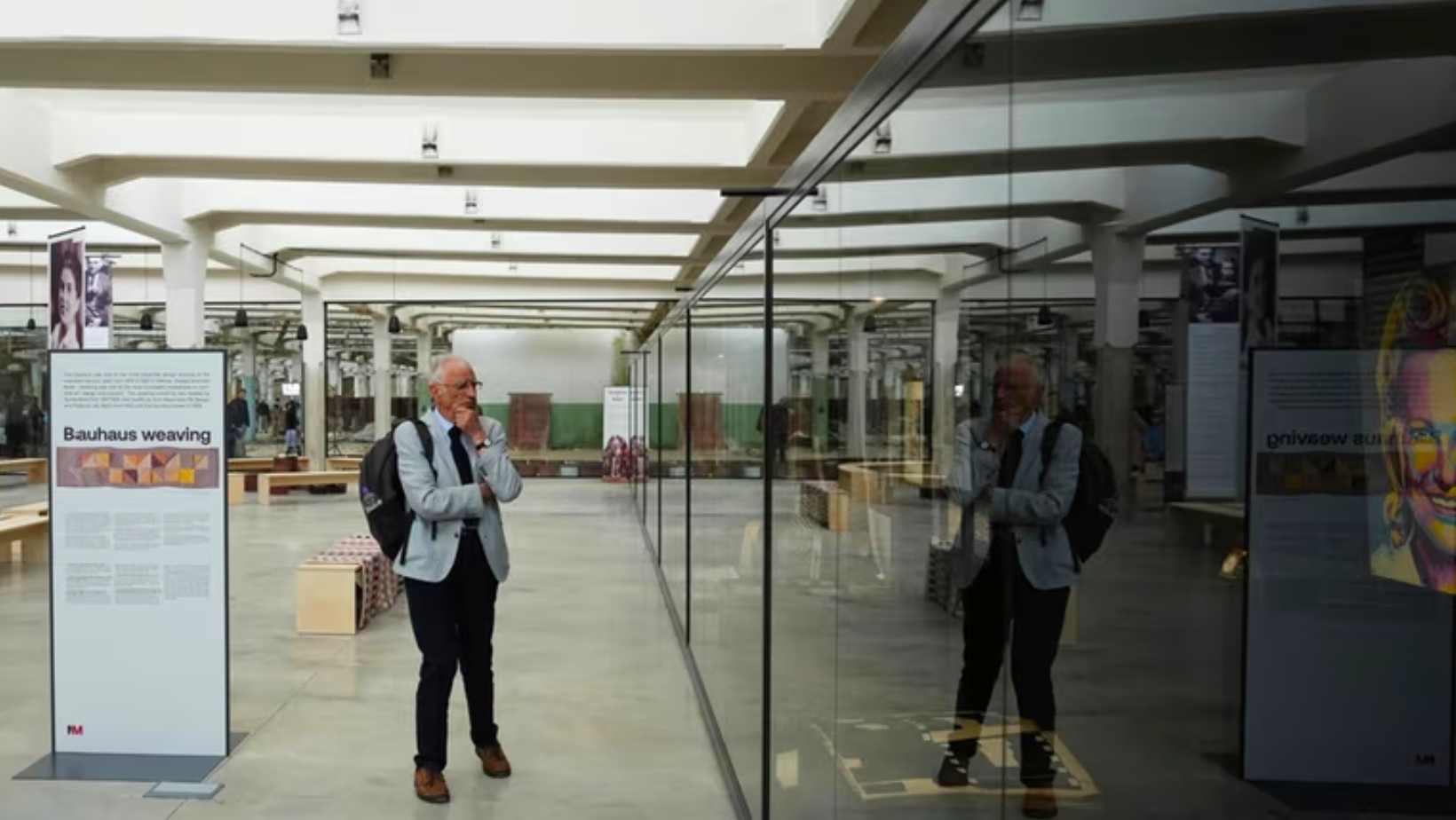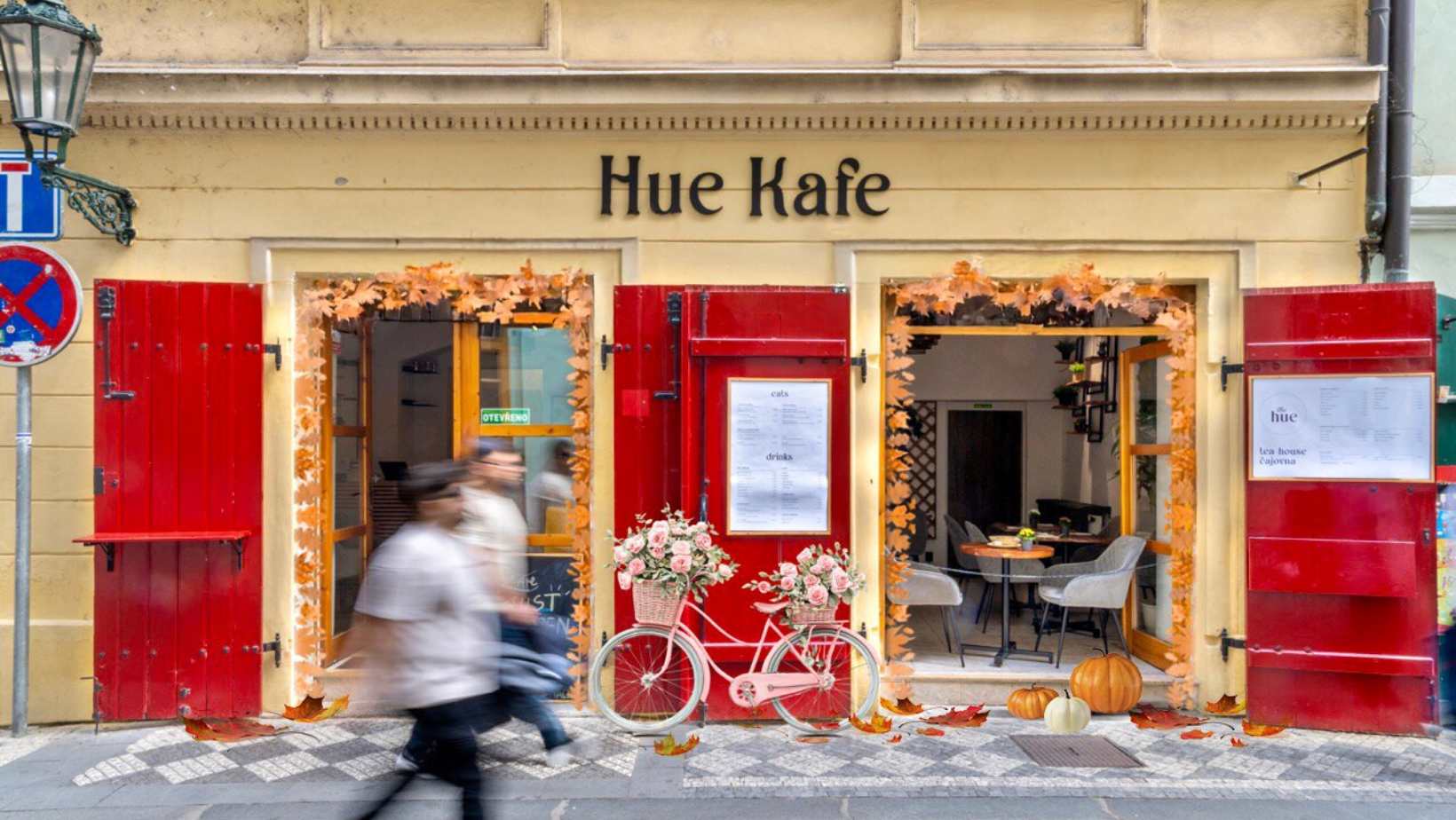New Museum Opens at Site Where Oskar Schindler Saved 1,200 Jews
Lisa Goasdoue

A former textile factory in Brněnec, east of Prague, where Oskar Schindler saved 1,200 Jews during World War II, has been transformed into a new museum.
The Museum of Survivors, which opened its doors last weekend, is located on the grounds of what became a Nazi-run concentration camp after the factory was stolen from its Jewish owners in 1938. The launch coincides with the 80th anniversary of the end of WWII.
The museum showcases the history of Oskar and Emilie Schindler, the Löw-Beer family, and Holocaust survivors who lived and worked there.
It includes survivor testimonies, a glass-walled exhibition space, and facilities for lectures, film screenings, and concerts.
The glass wall symbolically separates the newly restored area from the still-ruined sections of the site — a visible divide between past and present.
The project was led by Daniel Löw-Beer, whose family owned the factory from 1854 until the Nazi confiscation in 1938. “We had to flee for our lives, and lost a part of our history,” he said. “Bringing some of it back, while also highlighting Schindler’s legacy, is what this is about.”
Löw-Beer now lives abroad, as do other members of his family. “My grandfather and father lived here. Then the world shattered in 1938,” he told the Associated Press.
In 2019, he created the Arks Foundation, bought the site, and began renovation work with support from local authorities and the EU. One initiative involved schoolchildren from five European countries helping to design parts of the museum.

Credit: AP/Petr David Josek
Initial restoration focused on the spinning mill building, now open to the public. The next phase will target the original barracks, Schindler’s office, and the Ark building where Jewish prisoners lived and worked. These remain in disrepair.
For now, the museum is open primarily to school groups and does not operate daily.
A quote from Rena Finder, one of the Schindler survivors, greets visitors: “Everybody said there was nothing I could do. That’s a lie. There is always something you can do.”

Credit: AP/Petr David Josek
Schindler: A Flawed Hero
Schindler’s story was immortalized in Steven Spielberg’s 1993 film “Schindler’s List,” based on the book Schindler’s Ark by Thomas Keneally. Born in Svitavy (Zwittau in German), about 60 kilometers from Brněnec, Schindler lived a contradictory life — a Nazi and a spy, but also a man who risked everything to save others.
After acquiring a factory in Krakow, he hired Jews to work there, shielding them from deportation. In 1944, as Soviet forces approached, he arranged for 1,200 of his workers to be transferred to Brněnec — a list that ultimately saved their lives.
At one point, 300 women meant to join the group were mistakenly rerouted to Auschwitz. Schindler intervened to secure their release, in what Yad Vashem called the only known case of such a large group being allowed to leave a death camp alive while gas chambers were still operational.
In January 1945, Emilie Schindler led an effort to rescue more than 100 Jewish men who arrived at a nearby train station in sealed cattle cars.
In 1993, Yad Vashem recognized both Oskar and Emilie as Righteous Among the Nations, the highest honor for non-Jews who risked their lives to save Jews during the Holocaust.
Would you like us to write about your business? Find out more
-
NEWSLETTER
Subscribe for our daily news










